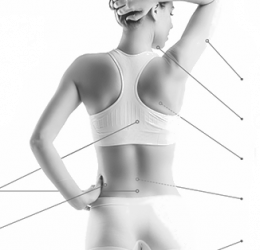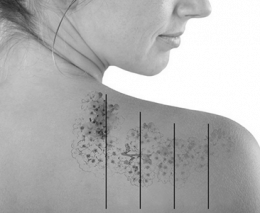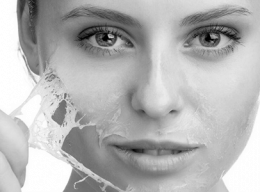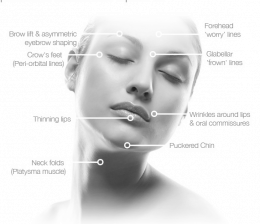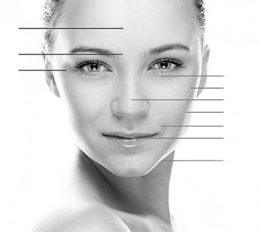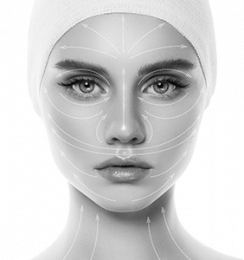A chemical peel is a treatment to improve the appearance of the skin.
At SOMA we offer two types of Vivier peels. These peels provide professional, controlled microexfoliation that result in a radiant, healthy and refreshed complexion.
Vivier Peel
The Vivier Peel is a gentle peel that fights acne, removes dead skins cells, unclogs congested pores and reduces pore size. The Vivier peel promotes micro-exfoliation resulting in clear, radiant skin. We recommend 3 Vivier Peels to be completed 2-4 weeks apart, for maximum benefits.
10% Lactic Acid: helps improve moisture levels in overly sensitive or dry skin.
2% Salicylic Acid: helps ease acne, reduce oiliness and improve texture. Also encourages the removal of debris that can clog your pores and dull the upper layer of your skin.
14% Resorcinol: helps ease inflammation, redness and acne.
Vivier Jessner Peel
The Jessner Peel is a medium strength peel that is designed to brighten skin and even out skin texture. It removes dead skins cells, unclogs congested poors and reduces pore size. This peel is proven to be effective in treating and reducing acne breakouts. The result of the Jessner peel is a healthy, radiant complexion. We recommend a minimum of 3 Jessner Peels treatments every 4 weeks for maximum benefits.
14% Lactic Acid: helps improve moisture levels in overly sensitive or dry skin.
14% Salicylic Acid: helps ease acne, reduce oiliness, and improve texture. Also encourages the removal of debris that can clog your pores and dull the upper layer of your skin.
14% Resorcinol: helps ease inflammation, redness and acne.







